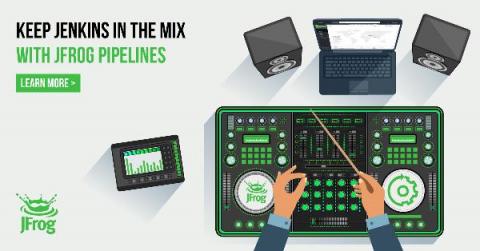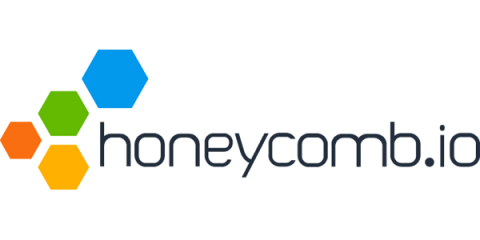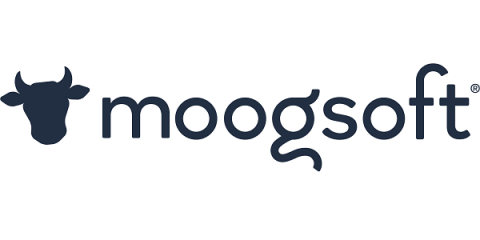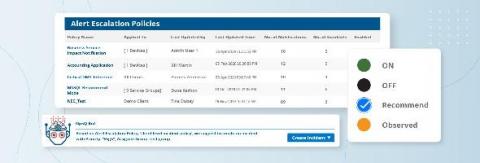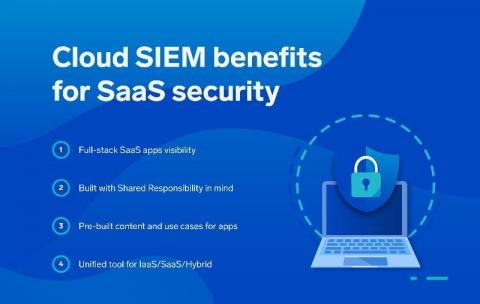Intrusion detection techniques: monitor and react to unusual activity
Security monitoring is a constantly changing area; the threats can appear at any moment; when there are so called 0-day threats, there are quite few techniques available to efficiently prevent an unknown yet type of problem. However, there are typical behavior patterns that can be detected using well-known pieces of software and monitor types. Most techniques mentioned below are related to Unix-like systems; however, exactly the same approaches can be used for every operating system.



